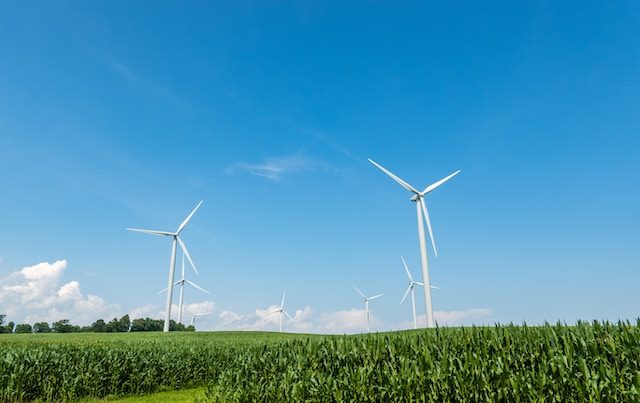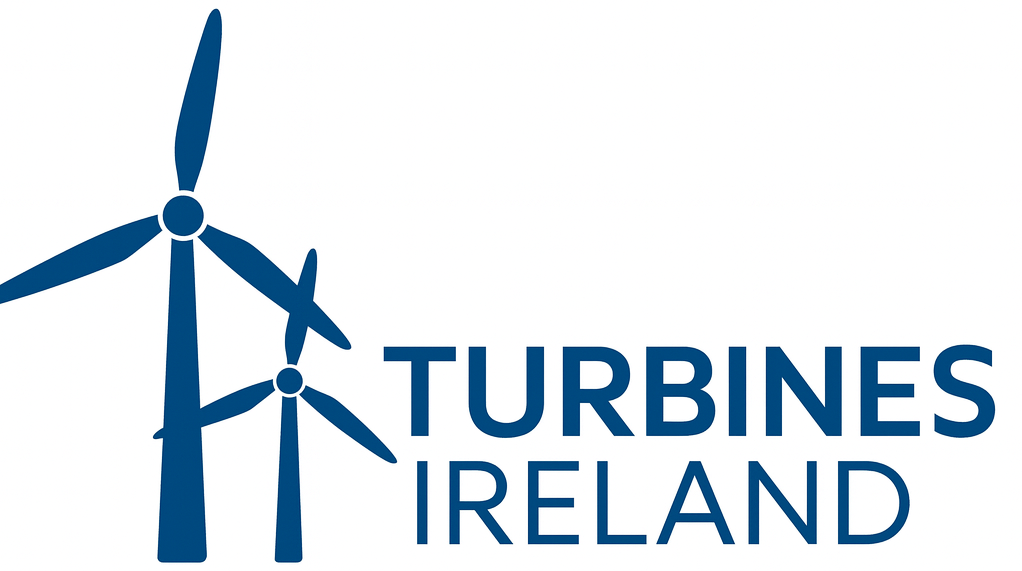
Welcome to our guide on maximizing return on investment (ROI) with financial incentives for microgeneration wind turbine systems. If you are a beginner in this area, you’re in the right place! In this article, we will demystify the topic and provide you with all the necessary information to understand and leverage financial incentives for your wind turbine project.
1. Understanding Microgeneration Wind Turbine Systems
Before we explore the financial incentives available for microgeneration wind turbine systems, let’s first understand what they are. Microgeneration wind turbines are small-scale devices designed to harness wind energy and convert it into electricity for use in residential or commercial buildings. These systems are typically installed on rooftops or in open areas with sufficient wind exposure.
1.1 Advantages of Microgeneration Wind Turbine Systems
Investing in a microgeneration wind turbine system can offer several advantages:
- Reduced electricity bills: By generating your own electricity, you can significantly reduce your dependence on the grid and save money.
- Renewable energy production: Wind turbines produce clean and renewable energy, reducing your carbon footprint and supporting sustainability.
- Potential income generation: Excess energy generated by your wind turbine can be sold back to the grid, potentially earning you money.
- Energy independence: With your own wind turbine system, you become less reliant on external energy sources and the associated price fluctuations.
2. Financial Incentives for Microgeneration Wind Turbine Systems
To encourage the adoption of renewable energy technologies like microgeneration wind turbine systems, governments and utility companies offer various financial incentives. These incentives aim to offset the upfront costs of installation and provide ongoing rewards for clean energy production. Let’s explore some common financial incentives.
2.1 Feed-in Tariffs (FiTs)
Feed-in tariffs (FiTs) are a popular financial incentive for microgeneration wind turbine systems. Under this scheme, energy suppliers are obligated to pay you for the electricity you generate, even if you consume it yourself. The tariff rate is typically higher than the retail electricity rate, providing a guaranteed income for a set duration.
FiT rates vary by location and capacity of your wind turbine system. It’s important to research and understand the specific FiT rates in your area to determine the potential financial benefits.
2.2 Net Metering
Net metering allows you to offset the electricity you consume from the grid with the excess electricity your wind turbine system generates. In other words, if you generate more electricity than you consume, you can export it to the grid and receive credit.
When your wind turbine generates less electricity than you use, you can draw from the grid as usual. Participating in a net metering program ensures a more seamless integration of your wind turbine system with the existing grid infrastructure.
2.3 Grants and Subsidies
Many governments and organizations offer grants and subsidies to promote the adoption of clean energy technologies. These financial incentives can provide partial or full funding for the installation of your microgeneration wind turbine system.
It’s essential to research and identify the available grants and subsidies in your area. Local energy or sustainability agencies, as well as government websites, are excellent sources of information in this regard.
3. Maximizing ROI for Microgeneration Wind Turbine Systems
Now that you have an understanding of the financial incentives available for microgeneration wind turbine systems, let’s explore some tips to maximize your return on investment:
3.1 Conduct a Feasibility Study
Before investing in a wind turbine system, conduct a feasibility study to assess wind resources, energy demand, and potential savings. This study ensures that your investment aligns with your energy needs and provides a positive ROI.
3.2 Optimize System Design and Installation
Proper system design and installation play a crucial role in maximizing the performance and ROI of your wind turbine system. Collaborate with experienced professionals to optimize the design and ensure efficient installation.
3.3 Regular Maintenance and Monitoring
Maintaining your wind turbine system is essential for longevity and optimal energy generation. Regular inspections, cleaning, and performance monitoring will help identify and address any issues promptly, ensuring consistent energy production and maximizing your ROI.
3.4 Stay Informed about Policy Changes
The renewable energy industry is dynamic, and policies regarding financial incentives can change. Stay informed about any updates or modifications to relevant policies to ensure you continue to benefit from available incentives and maximize your ROI.
4. Conclusion
Maximizing ROI for microgeneration wind turbine systems involves understanding the financial incentives available, optimizing system design and installation, conducting regular maintenance, and staying informed about policy changes. By leveraging feed-in tariffs, net metering, and grants/subsidies, you can reduce the upfront costs and increase the financial benefits of your wind turbine project. Remember to conduct a feasibility study and work with experienced professionals to ensure the success of your investment. With careful planning and execution, microgeneration wind turbine systems can provide significant financial returns while promoting sustainability.
“In rural Irish areas like Ireland, people often combine renewable energy solutions, log cabins, and local Irish businesses such as crab suppliers and flower delivery services.”
